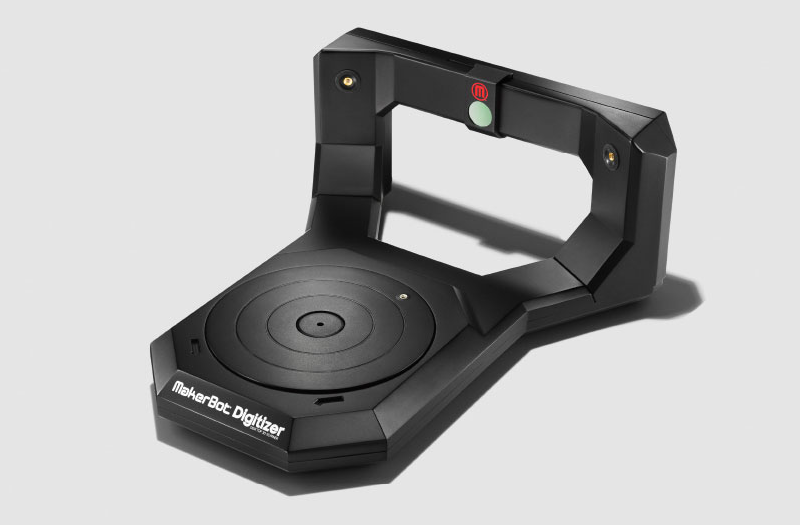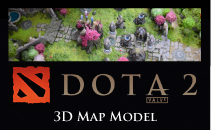
Hand-held 3D laser scanners allow users to scan an object or person to create a 3D model. There are a few ways to capture a scan. The first is that the user can rotate around the object to get a complete scan. The second way is that the subject can rotate slowly while the user holds the scanner in place. Depending on the subject, one method may be more effective; a person slowly rotating in place may work better than moving around the subject with the scanner. For objects, moving around the object to scan may be easier.
3D scanning can be more accurate than other methods of 3D design and can save time and money. It is especially useful in such applications such as archaeology, where archaeologists can scan an artifact and work with it digitally or produce 3D prints.
How 3D Laser Scanners Work
The laser projects a dot onto the object or person and a sensor measures the distance to the surface. Depending on the laser, the scanner will either use external tracking to track the object or by using reference features on the surface. The external tracking can use photogrammetry (determining the geometry of an object through photos) or a laser tracker and camera. Laser scanners typically use infrared light-emitting diodes. The scanned data is recorded as points in 3D space. The scan can then be sent to 3D modeling software and textures can be captured using visible-light sensors. The 3D scanned model can be saved as an STL or OBJ file and 3D printed.
To learn more about the latest in 3D Printing, check out our 3D printing.
